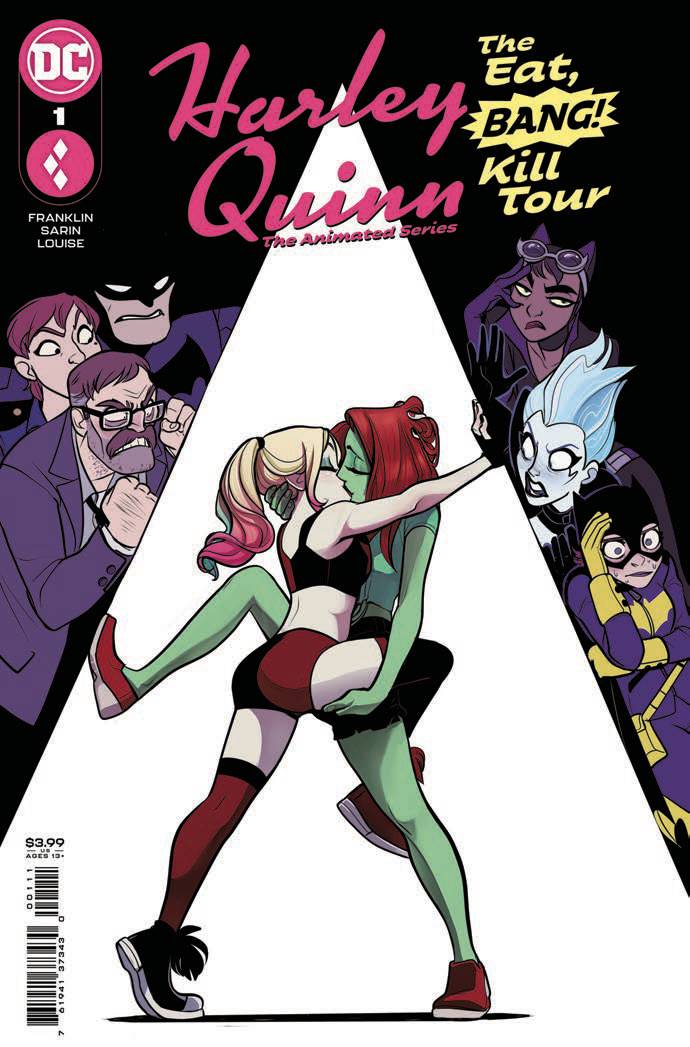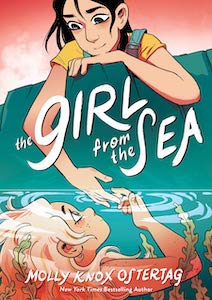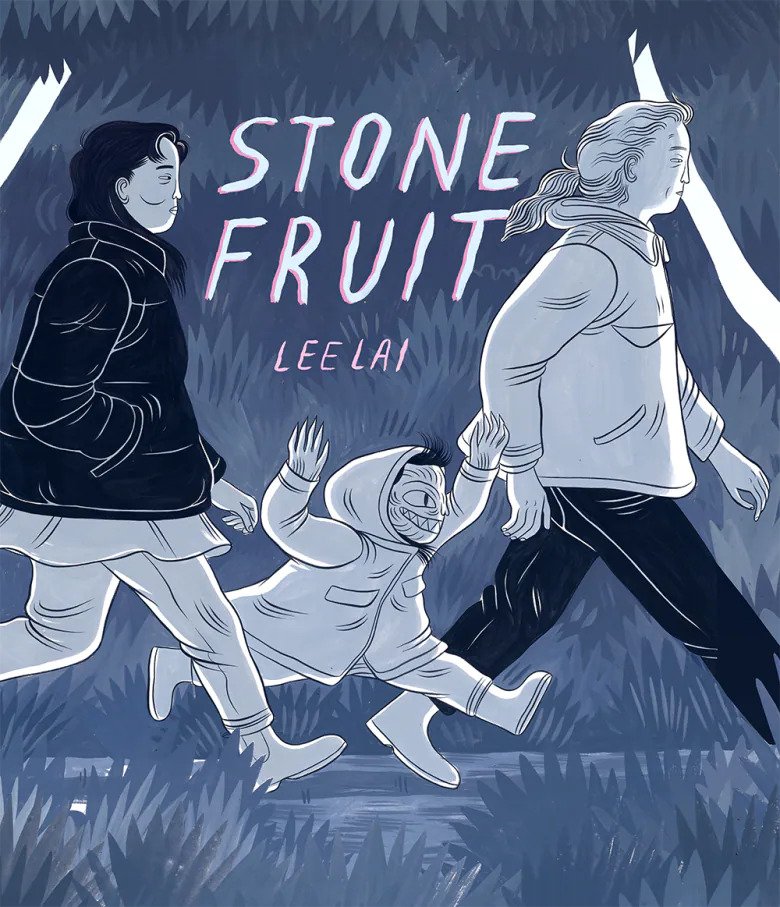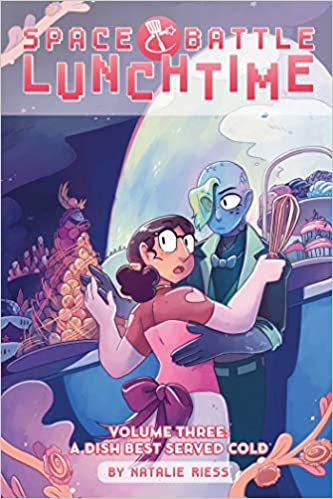Amazon Affiliate Link | Bookshop.org Affiliate Link Melanie Gillman is one of my favourite artists. I even support them on Patreon–which I highly recommend, because you get to read their travel diary comics and sometimes you get little zine-style comics in the mail. You might remember their YA graphic novels, As the Crow Flies andRead More
The Lesbrary Goes To Flame Con 2022 — Anna N.
Let’s see if I can keep my rhapsodizing to a minimum. Because from the moment I walked into the conference hall, there was a vibrancy in the air. Everyone I encountered during Flame Con was absolutely unabashed in their sheer fannishness, wearing their fandoms on their backpacks, jackets, and jaw-dropping cosplays. You know you’re in forRead More
Anna N. reviews Heavy Vinyl by Carly Usdin and Nina Vakueva
Amazon Affiliate Link | Bookshop.org Affiliate Link Considering how important Asbury Park and its history was to me in my formative years, it comes as no surprise that this is the comic I recommend to literally every sapphic I have met since it was published. Seriously, it’s got a diverse cast, excellent characters, genuine heartRead More
Kayla Bell reviews Coming Back by Jessi Zabarsky
Amazon Affiliate Link | Bookshop.org Affiliate Link What a better way to start the new year than with a beautiful, evocative graphic novel that puts the relationship between two women, their family, and their society at the front and center of the narrative? Jessi Zabarsky’s new graphic novel, Coming Back, is all that and more. Read More
Sheila reviews Harley Quinn: The Animated Series: The Eat. Bang! Kill. Tour #1-2 by Tee Franklin, Max Sarin, and Marissa Louise
Considering that I have viewed much of Harley Quinn’s comic, television, and film history from afar until recently (after watching Birds of Prey (and the Fantabulous Emancipation of One Harley Quinn, which I felt was one of the best bisexually-focused films I have ever seen. Watch it, and tell me I’m wrong, I dare you.),Read More
Danika reviews The Legend of Auntie Po by Shing Yin Khor
Amazon Affiliate Link | Bookshop.org Affiliate Link This is a quiet, almost slice-of-life graphic novel about a 13-year-old queer Chinese American girl’s life at a logging camp. Mei is the daughter of the camp cook, and she helps out in the kitchen and spends her free time spinning yarns for the other children in camp–especiallyRead More
Danika reviews The Girl from the Sea by Molly Ostertag
Way back in 2016, I wrote a post for Book Riot called 5 Lesbian Mermaid Comics You Need to Read where I rounded up sapphic mermaid and selkie comics. There were far too few than I would like, but I was able to find a three page comic story from Molly Ostertag on tumblr aboutRead More
Danika reviews Stone Fruit by Lee Lai
Amazon Affiliate Link | Bookshop.org Affiliate Link This is a graphic novel that follows Bron and Ray and their complicated relationship to each other and their families. Ray’s sister is an overstretched single mother, and Ray offered to step in and take care of her niece twice a week. 6-year-old Nessie adores spending time withRead More
Danika reviews Space Battle Lunchtime Volume 3 by Natalie Riess
Amazon Affiliate Link | Bookshop.org Affiliate Link I adored the first two volumes of Space Battle Lunchtime. It’s an all-ages graphic novel of a cooking competition(!) in space(!!) with a cute F/F romance (!!!) What more could you want? The first two volumes felt like two halves of a whole story. It finished with aRead More
Zoe reviews Don’t Go Without Me by Rosemary Valero-O’Connell
Don’t Go Without Me is a triptych of comics written and illustrated by Spanish-American artist Rosemary Valero-O’Connell which deal with ‘love, loss, and connection.’ Valero-O’Connell is best known for her graphic novel collaboration Laura Dean Keeps Breaking Up With Me with Mariko Tamaki, a book about a teenage lesbian and her experience in a toxic relationship. Don’t Go WithoutRead More
- « Previous Page
- 1
- 2
- 3
- 4
- …
- 6
- Next Page »





